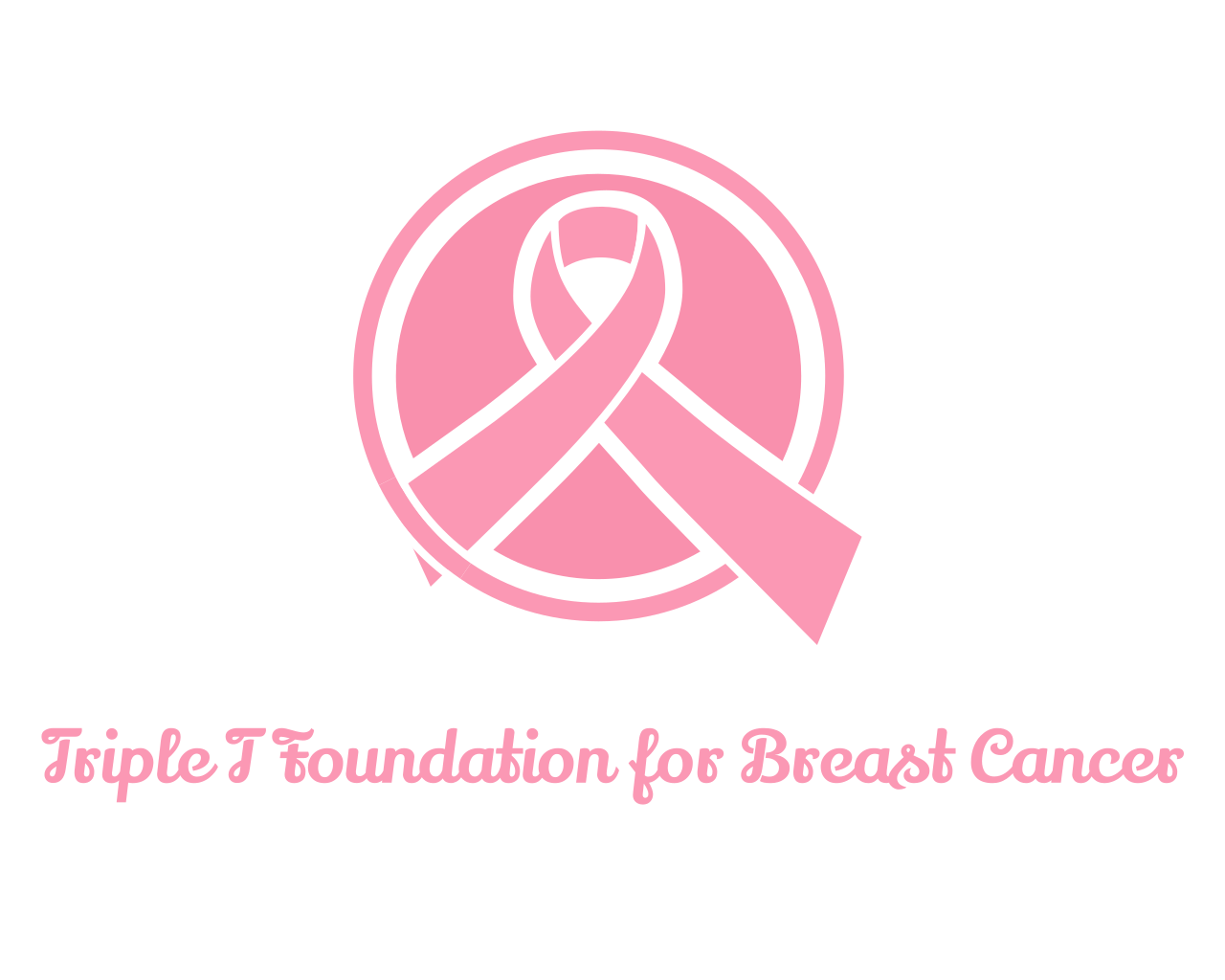Additional Information
– Breast self-exam, or regularly examining your breasts on your own, can be an important way to find a breast cancer early, when it is more likely to be treated successfully. While no single test can detect all breast cancers early, performing breast self-exam in combination with other screening methods can increase the odds of early detection.
– Over the years, there has been some debate over just how valuable breast self-examination is in detecting breast cancer early and increasing the likelihood of survival. For example, a 2008 study of nearly 400,000 women in Russia and China reported that breast self-examination does not have a meaningful impact on breast cancer survival rates and may even cause harm by prompting unnecessary biopsies (removal and examination of suspicious tissue). Because of the ongoing uncertainty raised by this and other studies, the American Cancer Society no longer recommends breast self-exam as a screening tool for women with an average risk of breast cancer.
– Each of these screening tools works in a different way and has strengths and weaknesses. Breast self-exam is a convenient, no-cost tool that you can use on a regular basis and at any age. We recommend that all women routinely perform breast self-exams as part of their overall breast cancer screening strategy.
How to do a breast self-exam: The five steps
– Step 1: Begin by looking at your breasts in the mirror with your shoulders straight and your arms on your hips.
Here is what you should look for:
- Breasts that are their usual size, shape, and color
- Breasts that are evenly shaped without visible distortion or swelling.
If you see any of the following changes, bring them to your doctor’s attention:
- Dimpling, puckering, or bulging of the skin.
- A nipple that has changed position or an inverted nipple (pushed inward instead of sticking out)
- Redness, soreness, rash, or swelling.
– Step 2: Now, raise your arms and look for the same changes.
– Step 3: While you are at the mirror, look for any signs of fluid coming out of one or both nipples (this could be a watery, milky, or yellow fluid or blood).
– Step 4: Next, feel your breasts while lying down, using your right hand to feel your left breast and then your left hand to feel your right breast. Use a firm, smooth touch with the first few finger pads of your hand, keeping the fingers flat and together. Use a circular motion, about the size of a quarter.
- Cover the entire breast from top to bottom, side to side — from your collarbone to the top of your abdomen, and from your armpit to your cleavage.
- Follow a pattern to be sure that you cover the whole breast. You can begin at the nipple, moving in larger and larger circles until you reach the outer edge of the breast. You can also move your fingers up and down vertically, in rows, as if you were mowing a lawn. This up-and-down approach seems to work best for most women. Be sure to feel all the tissue from the front to the back of your breasts: for the skin and tissue just beneath, use light pressure; use medium pressure for tissue in the middle of your breasts; use firm pressure for the deep tissue in the back. When you have reached the deep tissue, you should be able to feel down to your rib cage.
– Step 5: Finally, feel your breasts while you are standing or sitting. Many women find that the easiest way to feel their breasts is when their skin is wet and slippery, so they like to do this step in the shower. Cover your entire breast, using the same hand movements described in step 4.
